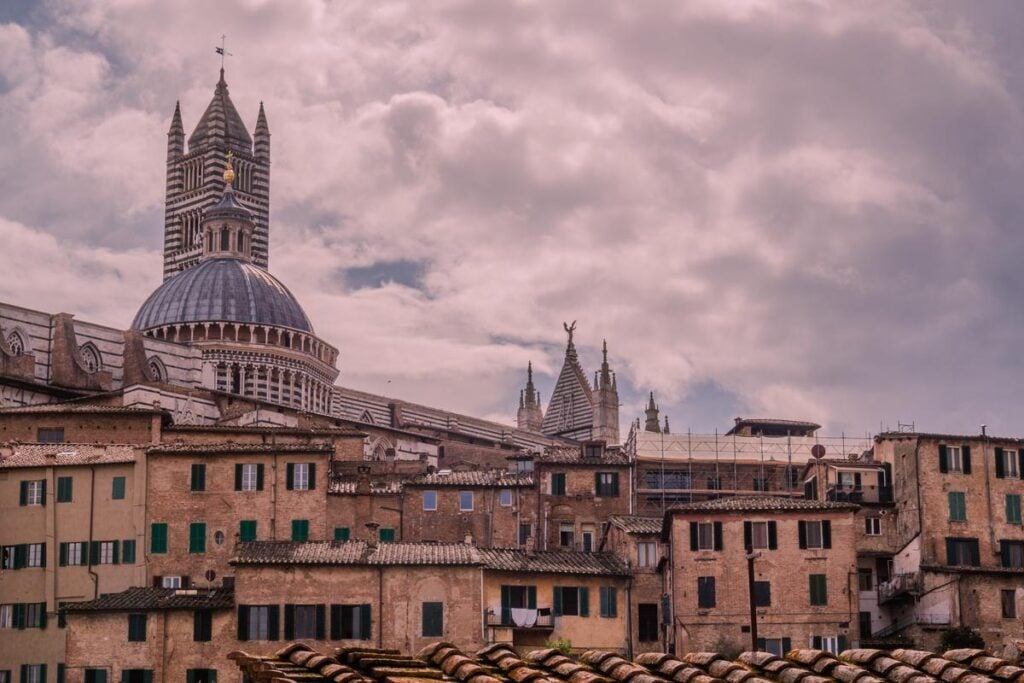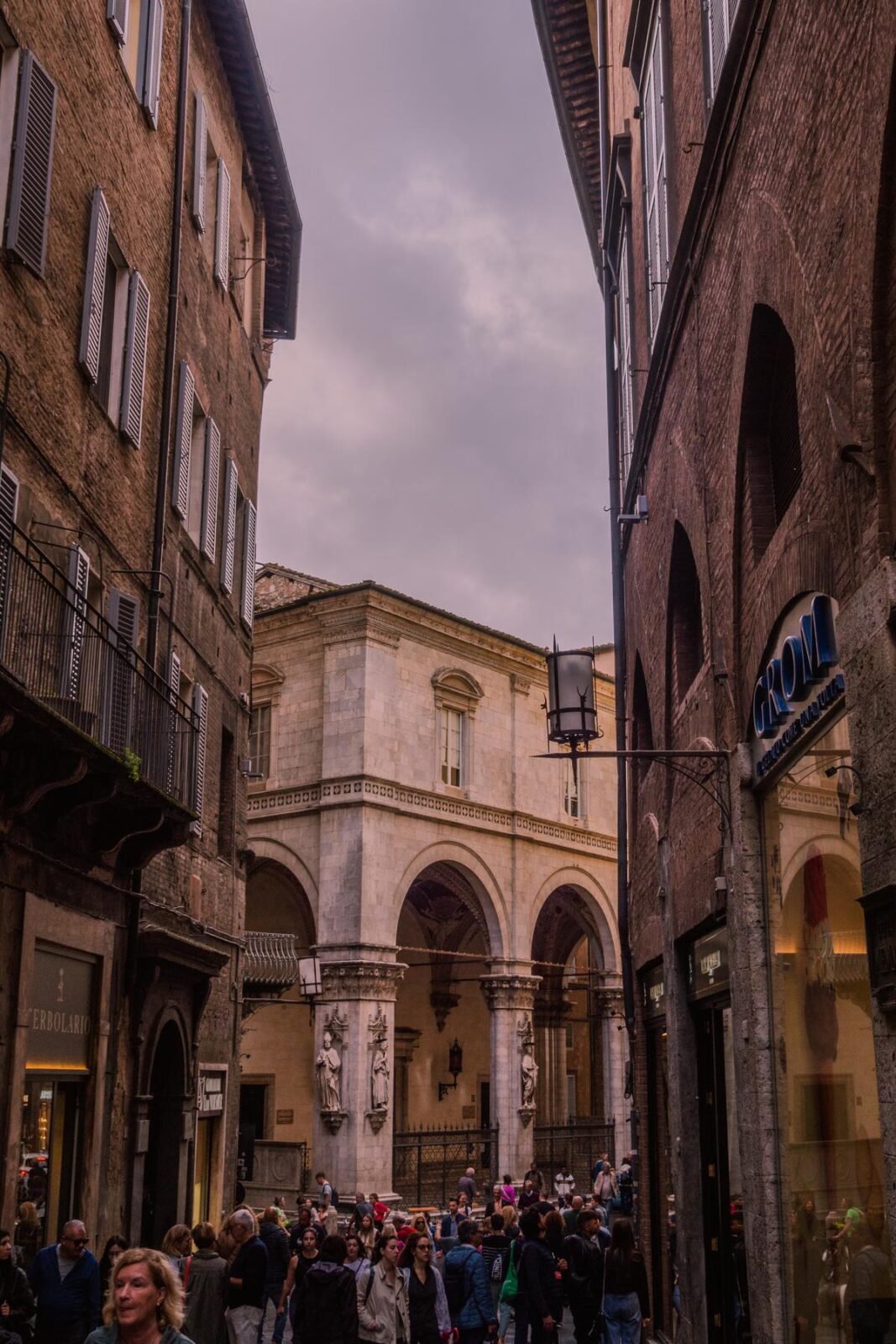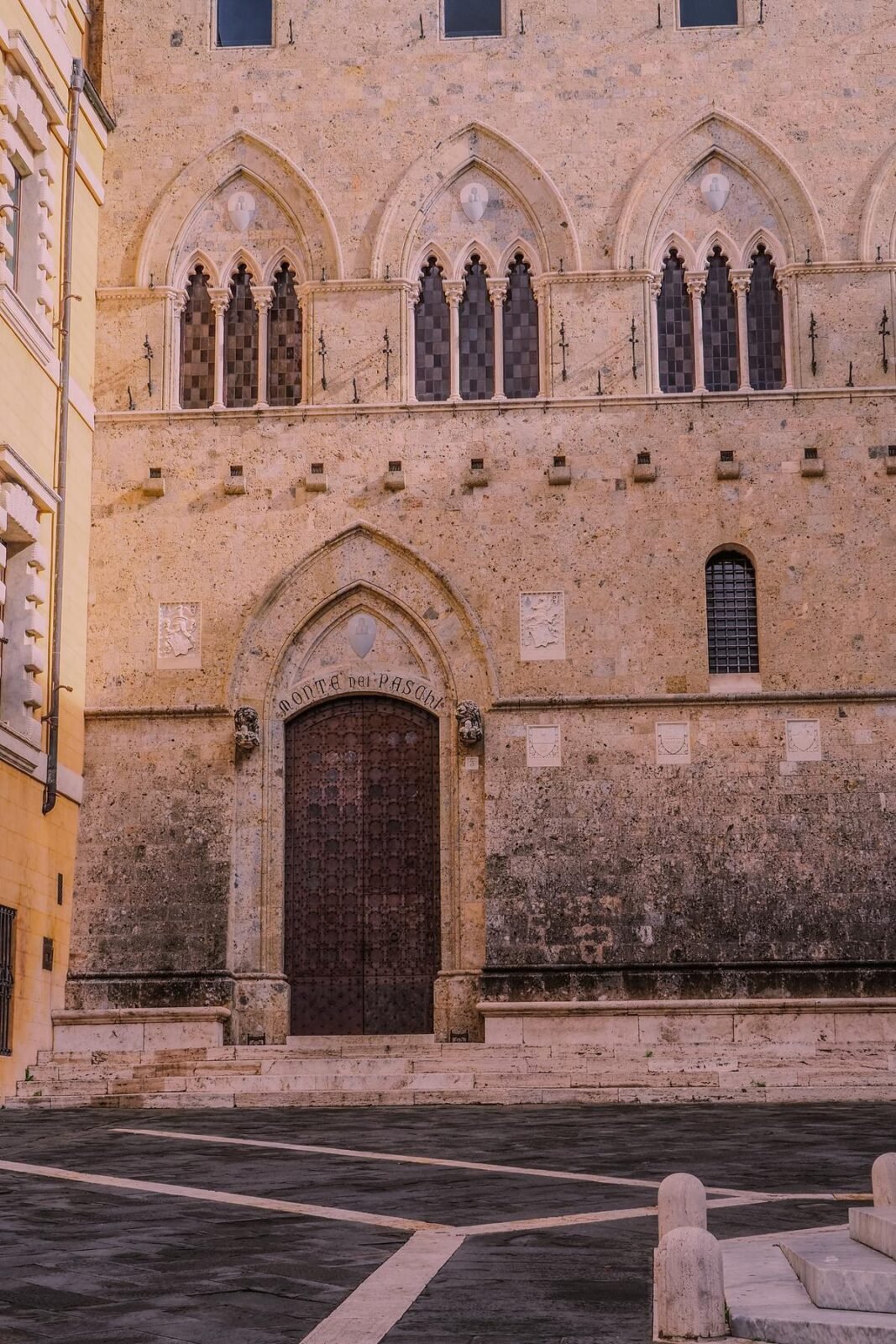Situated within the heart of Tuscany, Siena is a city that seems to have leaped straight out of a medieval painting. Its winding streets, steeped in history, and the warm, terracotta hues of its buildings are enough to make anyone fall in love at first sight.
Every time I visit Siena, it’s a joy. It has this feeling every time after you leave, thinking I should have stayed here longer. I had the joy of visiting several times, both during a weeklong trip touring Tuscany and also during a day trip from Florence.
Below, you’ll find several of my images and videography from my time spent here that have been posted on the ViaTravelers YouTube channel. I’ve learned a lot from this beautiful city, and I’m excited to share my perspective on what Siena has to offer.
History of Siena

The legend of Siena’s foundation is tied to the famous story of Rome’s founding, which is the story of Romulus and Remus. According to the tale, Remus’ younger nephews, Senio and Ascio, fled Rome after Romulus killed Remus and arrived in the area of Alzavalli.
Senio would go on to found the city of Siena, where Etruscan remains were discovered during archaeological excavations, indicating that Siena was established before the Romans.
Unusually for an ancient city, Siena is not situated along a river. Instead, its water supply originates from the Chianti area and flows into the city’s main fountain, Fontegaia, located in Piazza del Campo, the main square of Siena’s historic center. The famous sculptor Pisano and his son built Fontegaia during the Middle Ages.
What is Siena Known For?






Siena, known as Siena Iulia during Roman times, experienced its golden age in the medieval period, much like the nearby town of San Gimignano. The city flourished due to its location on the pilgrim route, the Via Francigena.
However, the Black Plague struck Siena hard, reducing its population from over 70,000 inhabitants, comparable to Paris and London, to less than 10,000. Despite this devastating blow, Siena managed to maintain its independence for another two centuries until Florence conquered the…
Click Here to Read the Full Original Article at ViaTravelers…